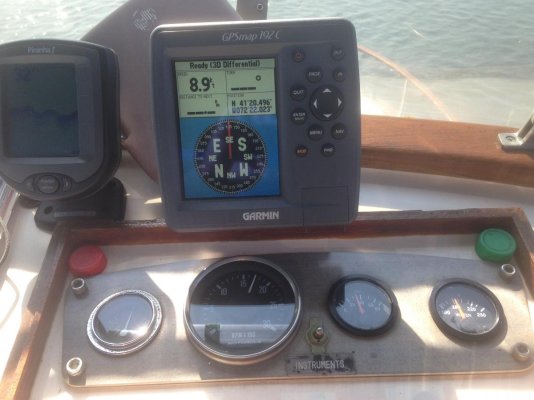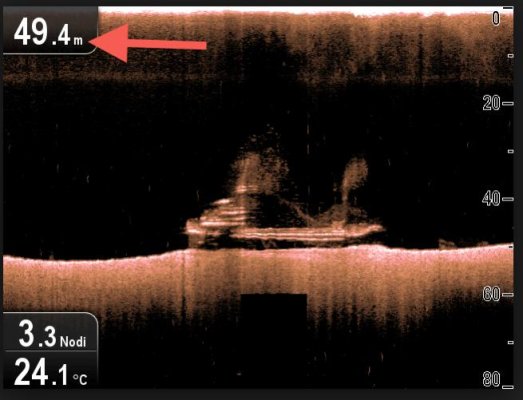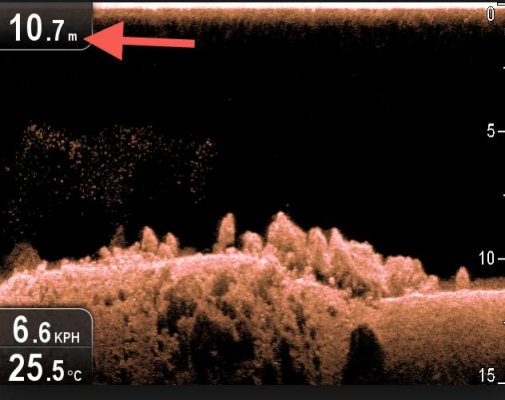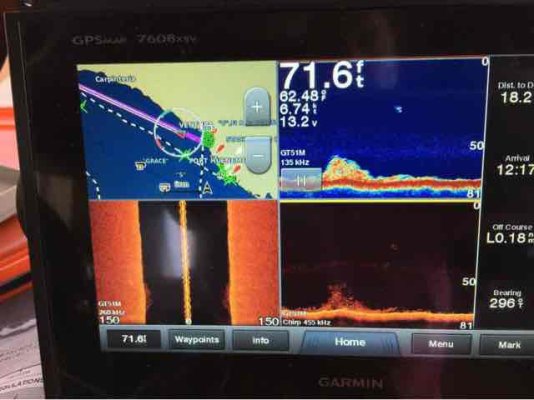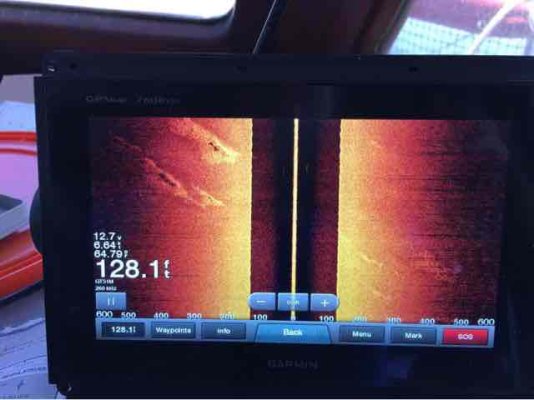As I sit here waiting for our boat to be built, one of the big decisions I have to make involves electronics. Not just the brand that we will ultimately choose but also what equipment.
Now I'm trying to decide if we should have a fish finder or some kind of side scan/ forward looking sonar on the list.
I suppose the fact that I have not fished since I was 16 years old should be mentioned. I do sometimes think that I might like to take up fishing but so far I haven't been interested enough to try. Part of the reason was that I really did not want to clean fish in our teak floored cockpit as we sailed. I suppose it will be different now on the tug...?
So, is a fish finder actually helpful on a trawler for anything other than fishing?
Do I simply continue on living without it in blissful ignorance?
Any thoughts?
Help?
Bruce
Now I'm trying to decide if we should have a fish finder or some kind of side scan/ forward looking sonar on the list.
I suppose the fact that I have not fished since I was 16 years old should be mentioned. I do sometimes think that I might like to take up fishing but so far I haven't been interested enough to try. Part of the reason was that I really did not want to clean fish in our teak floored cockpit as we sailed. I suppose it will be different now on the tug...?
So, is a fish finder actually helpful on a trawler for anything other than fishing?
Do I simply continue on living without it in blissful ignorance?
Any thoughts?
Help?
Bruce


